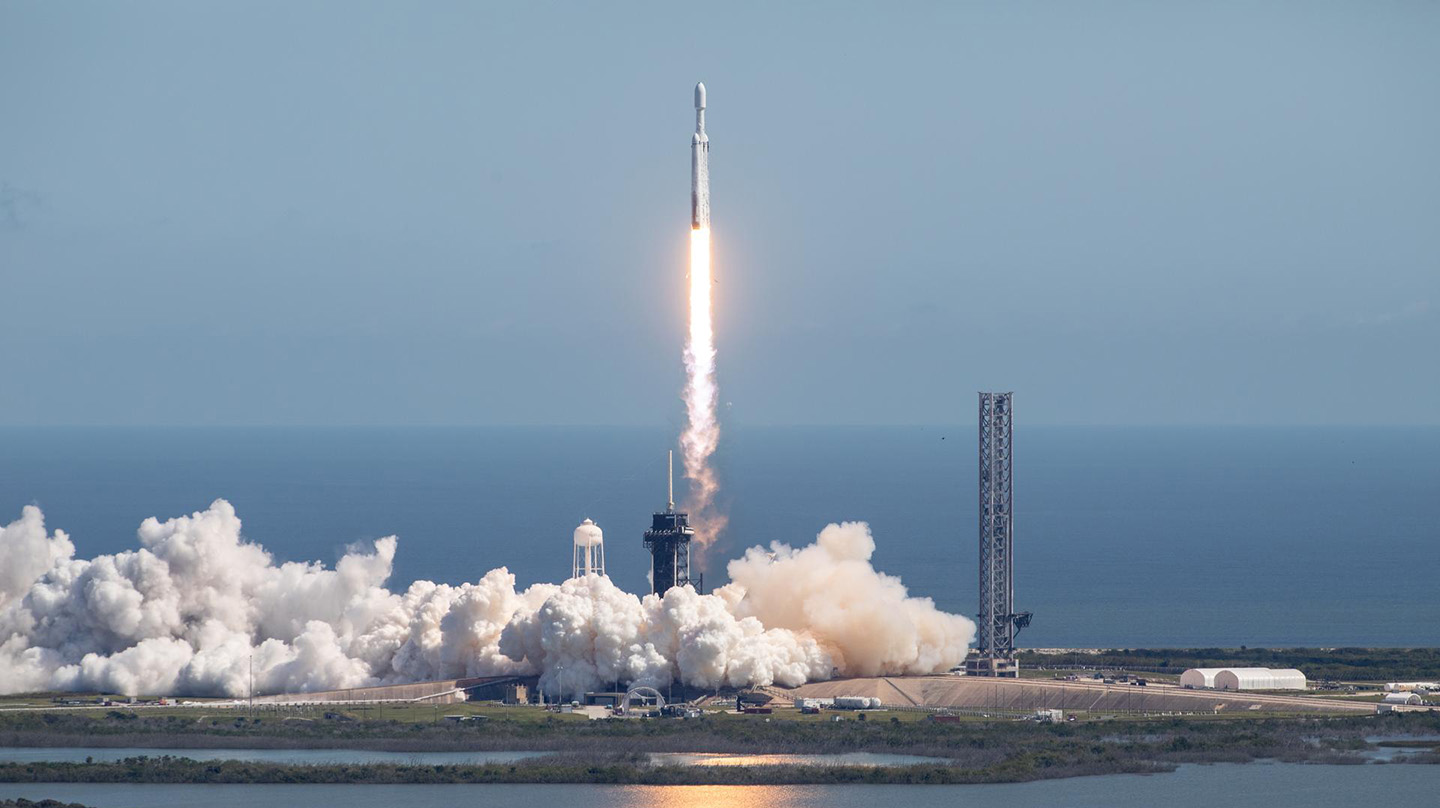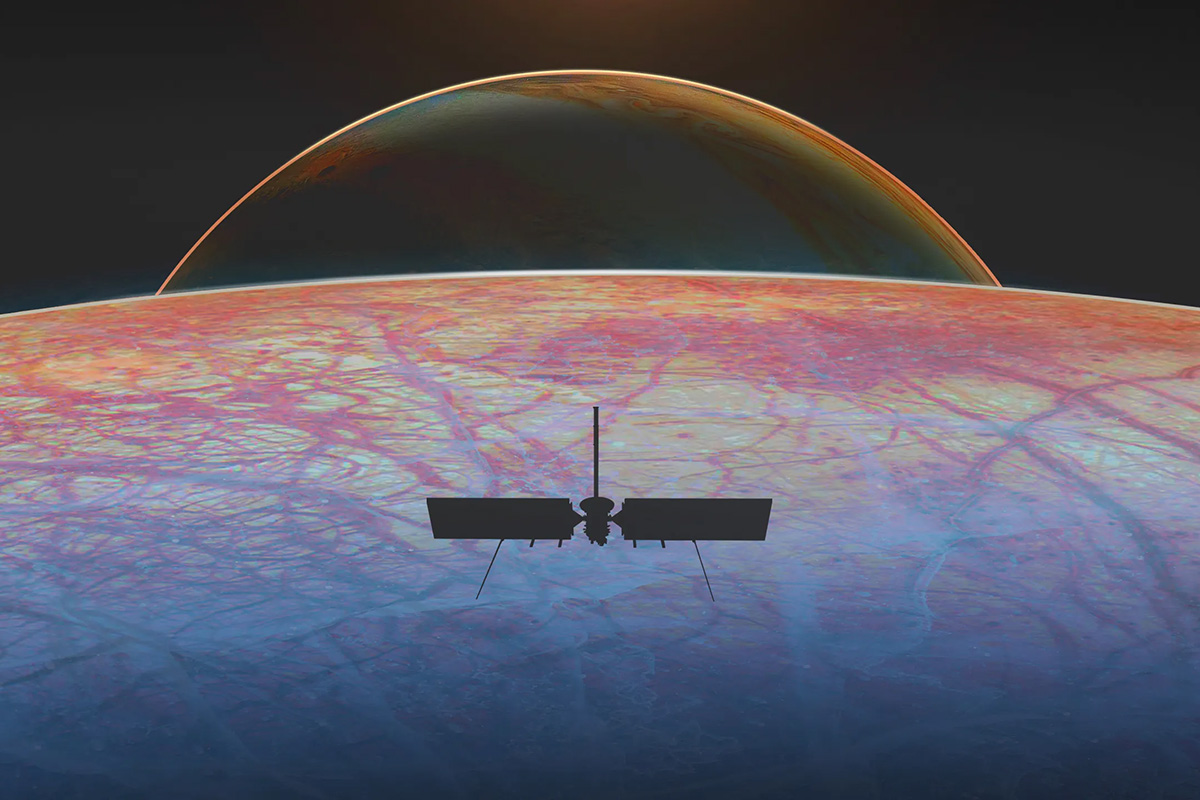
Planetary Science
Exploring the Worlds of the Solar System
Whether it’s finding hidden water ice in Mercury’s craters, mapping the composition of Mars, or providing images of Pluto’s glaciers and craters and the crevices on asteroids, APL is at the forefront of planetary science.
APL is a pioneer in the robotic exploration of the solar system. Our scientists and engineers led the NEAR Shoemaker mission that captured the first close-up images of an asteroid, the MESSENGER mission that first mapped Mercury, and the New Horizons mission that captured the first images of Pluto’s icy heart. They have provided a spectrometer to find ancient wet Martian environments and built others to decipher the origins of Mars’ moon Phobos and the metal-rich asteroid 16 Psyche. They are leaders in the development of planetary particle and plasma investigations, conducting analyses of Jupiter’s powerful aurora and Pluto’s dynamic atmosphere. APL also built or contributed to the imager, spectrometer and plasma instruments aboard NASA’s Europa Clipper spacecraft to study Jupiter’s potentially habitable moon Europa. They are helping to plan potential future explorations across the solar system and will lead, build and operate NASA’s nuclear-powered dual quadcopter called Dragonfly to study the molecular building blocks of life on Saturn’s moon Titan.
Expertise in Action
Missions
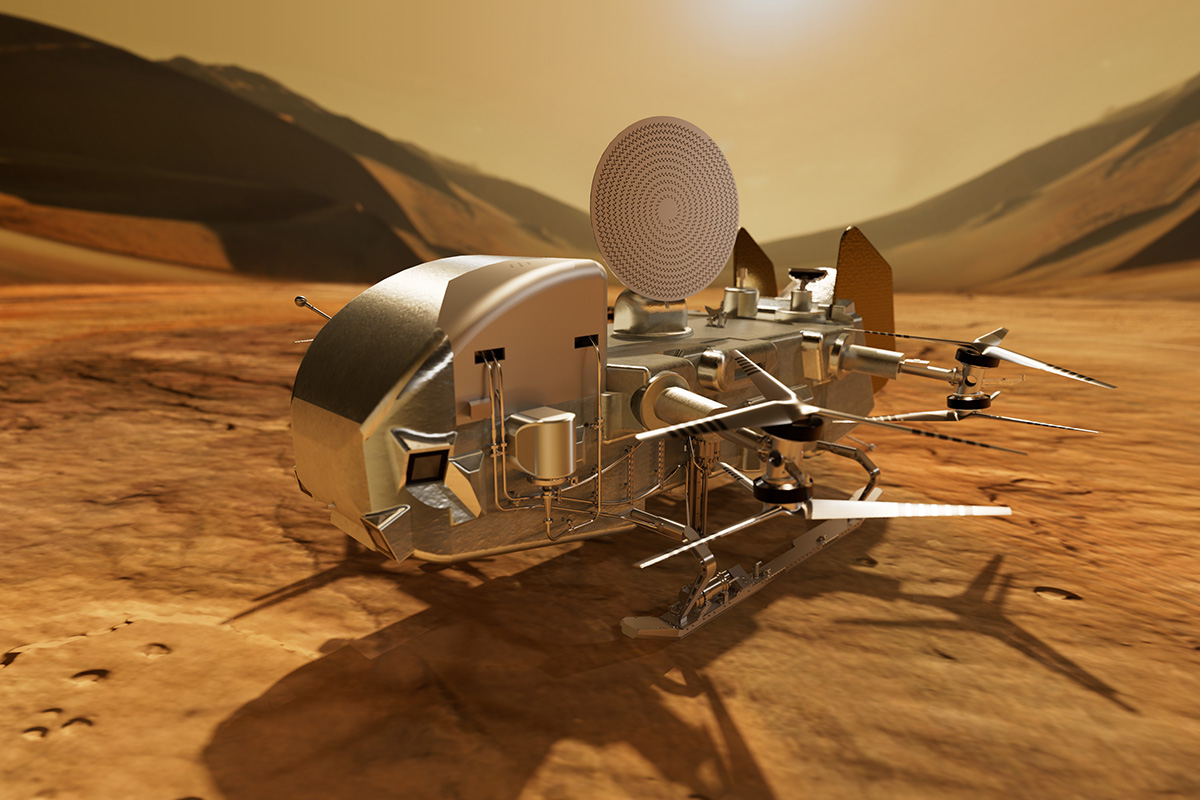
Dragonfly Outer Moons
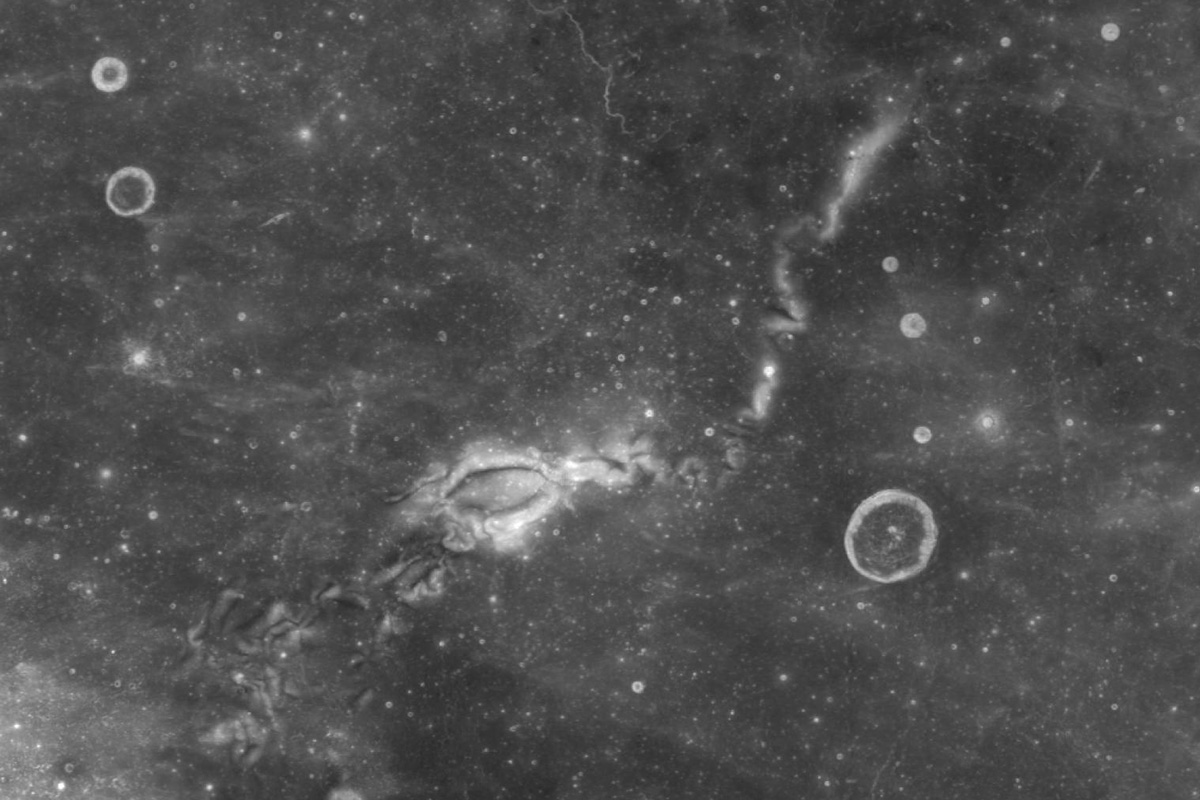
Lunar Vertex Moon
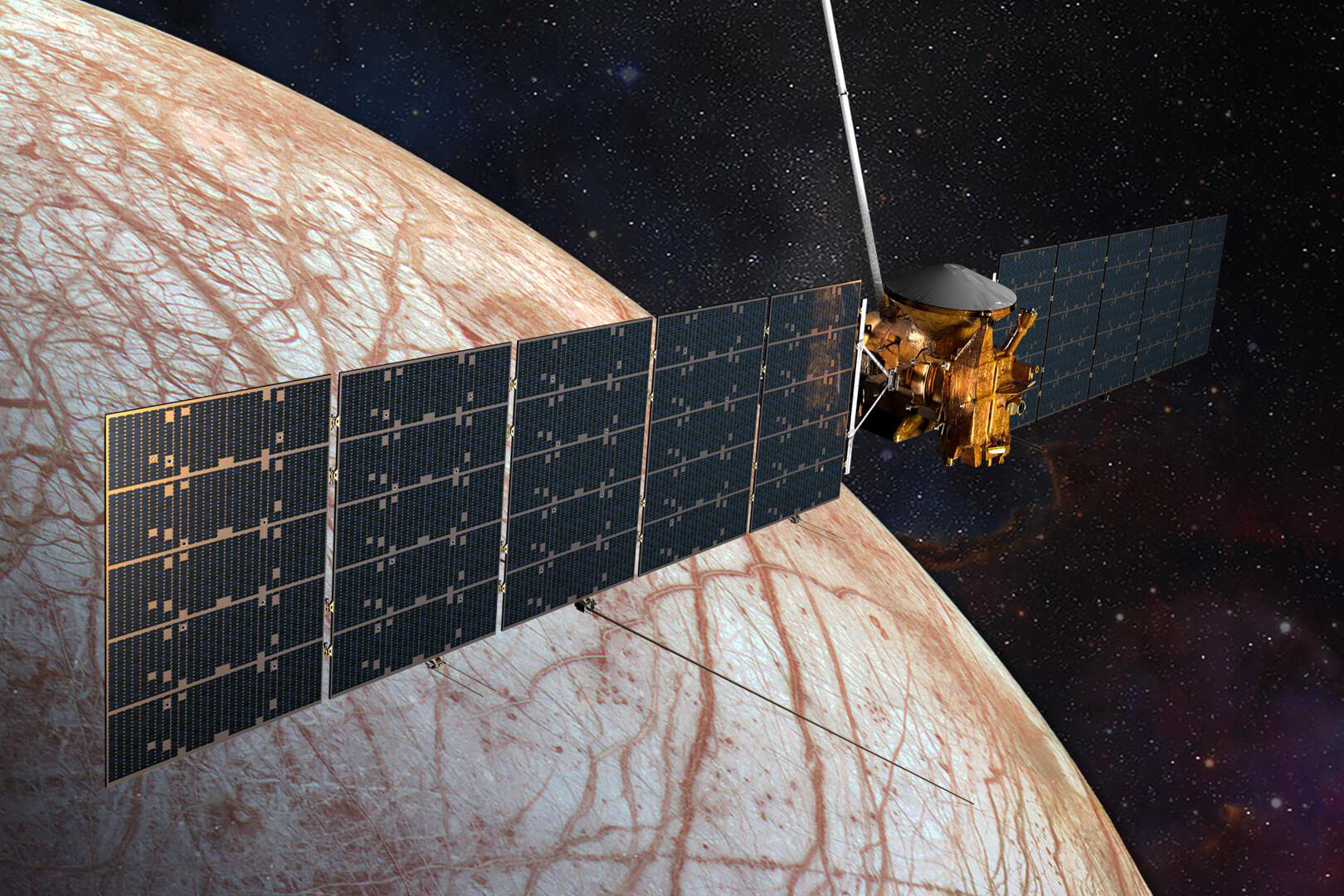
Europa Clipper Outer Moons
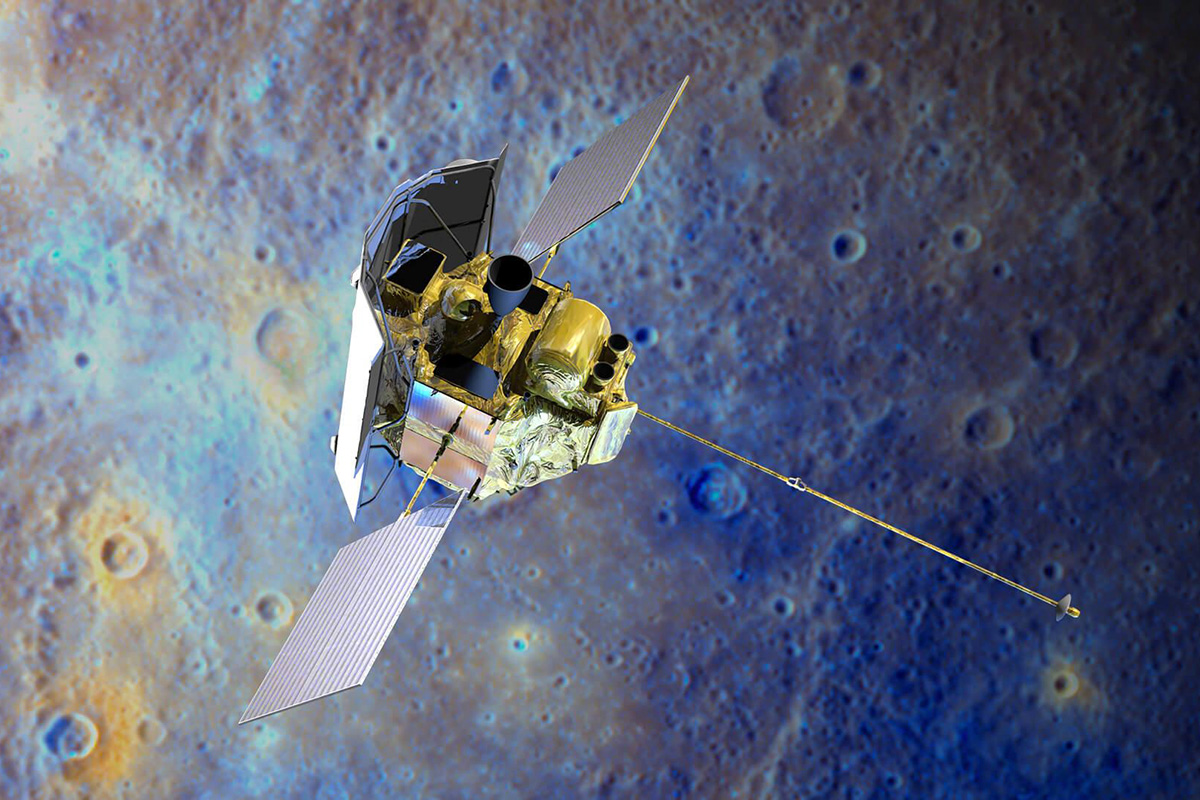
MESSENGER Terrestrial Planets
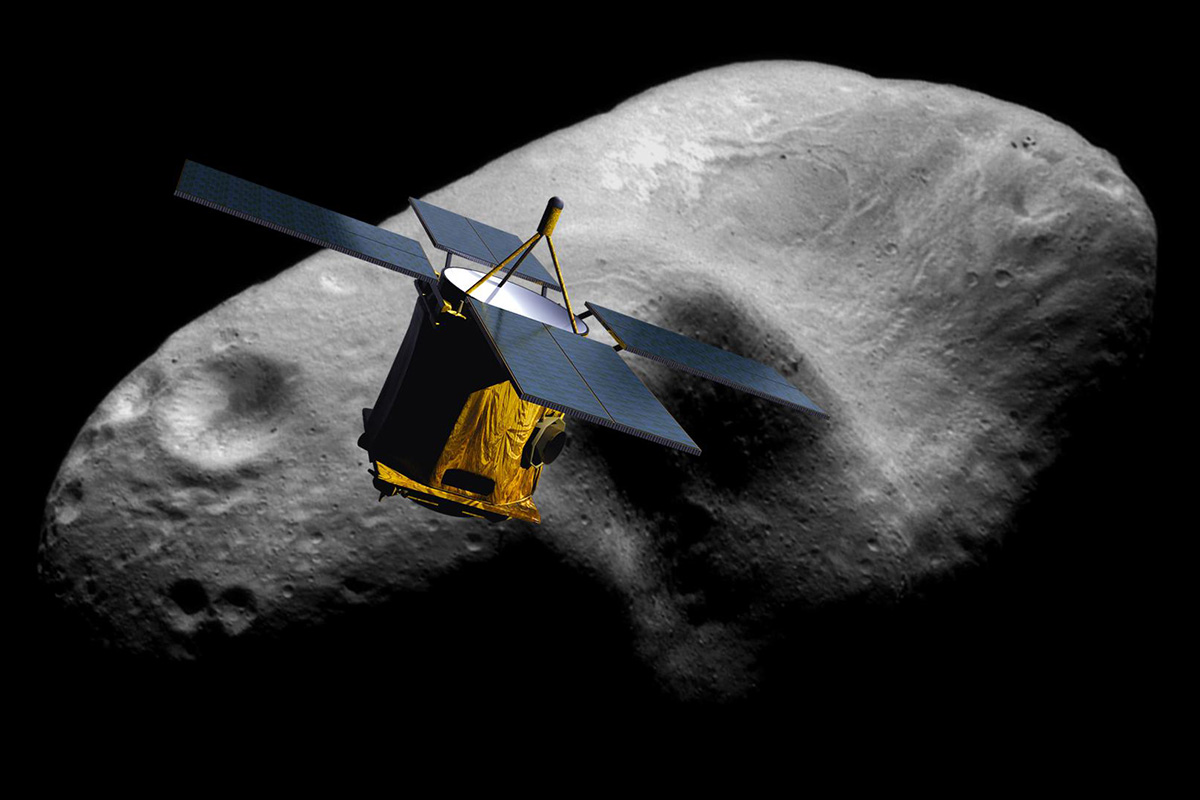
NEAR Asteroids
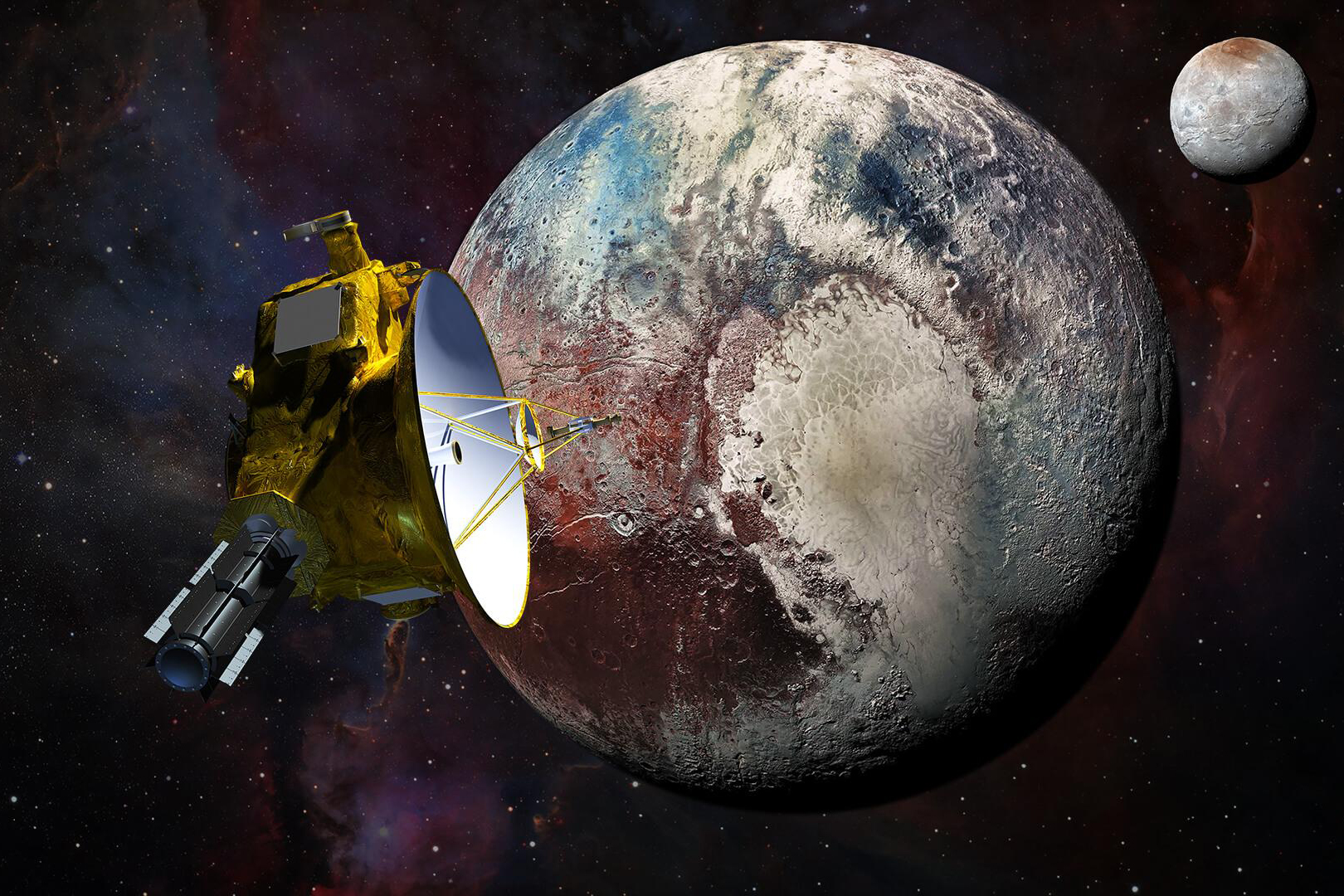
New Horizons Pluto, Kuiper Belt Objects, and Comets
Instruments
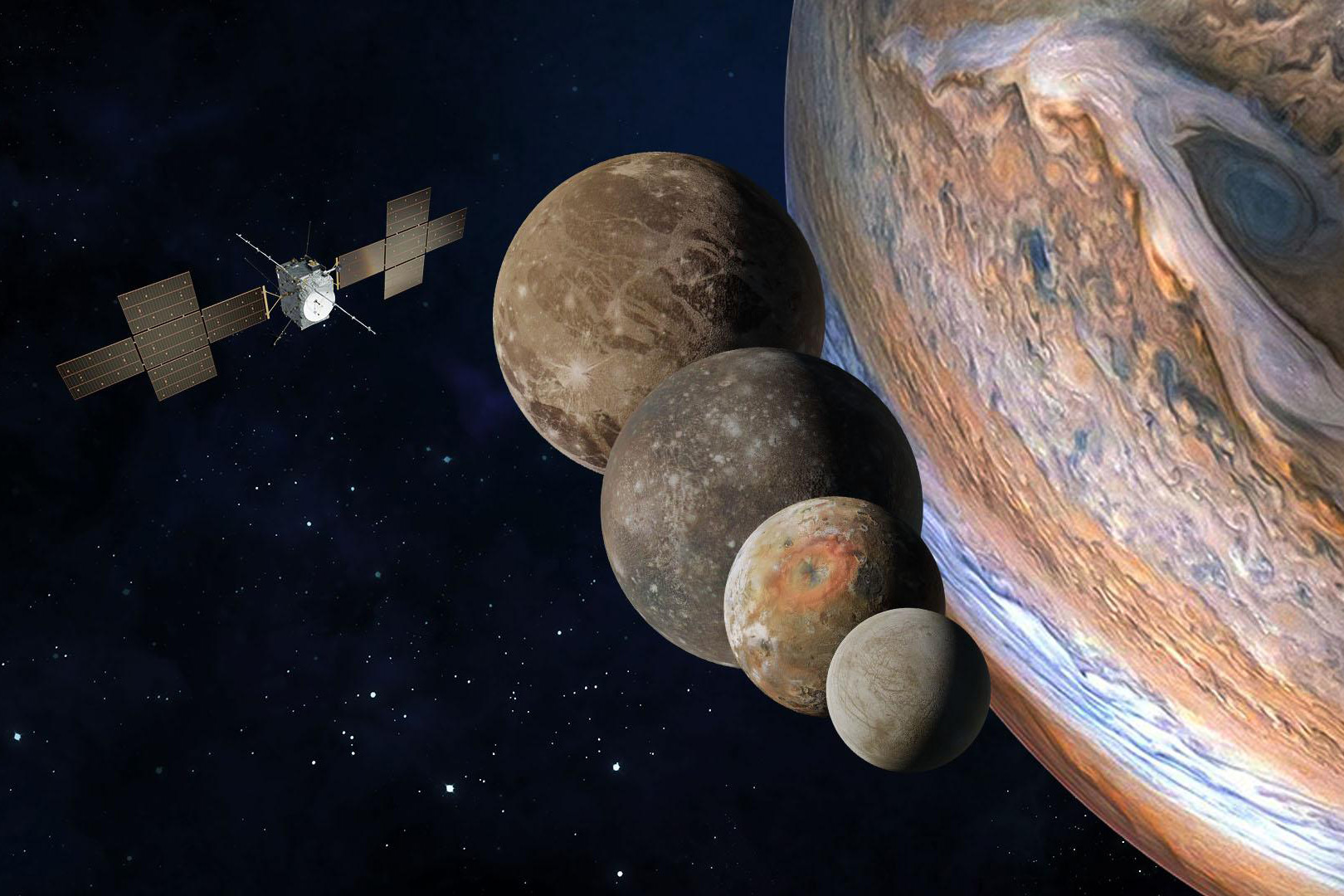
JoEE/JENI Outer Moons
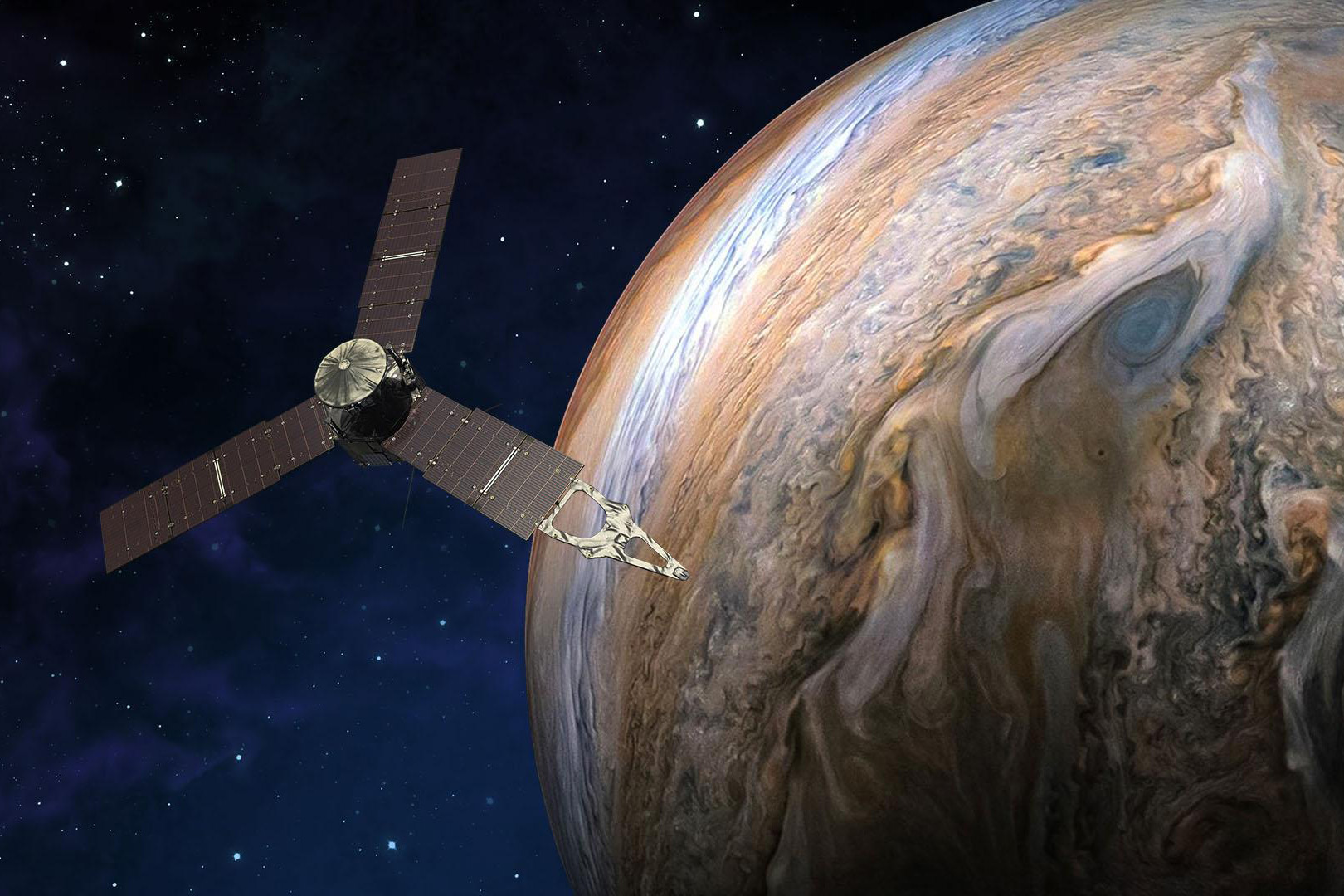
JEDI Giant Planets
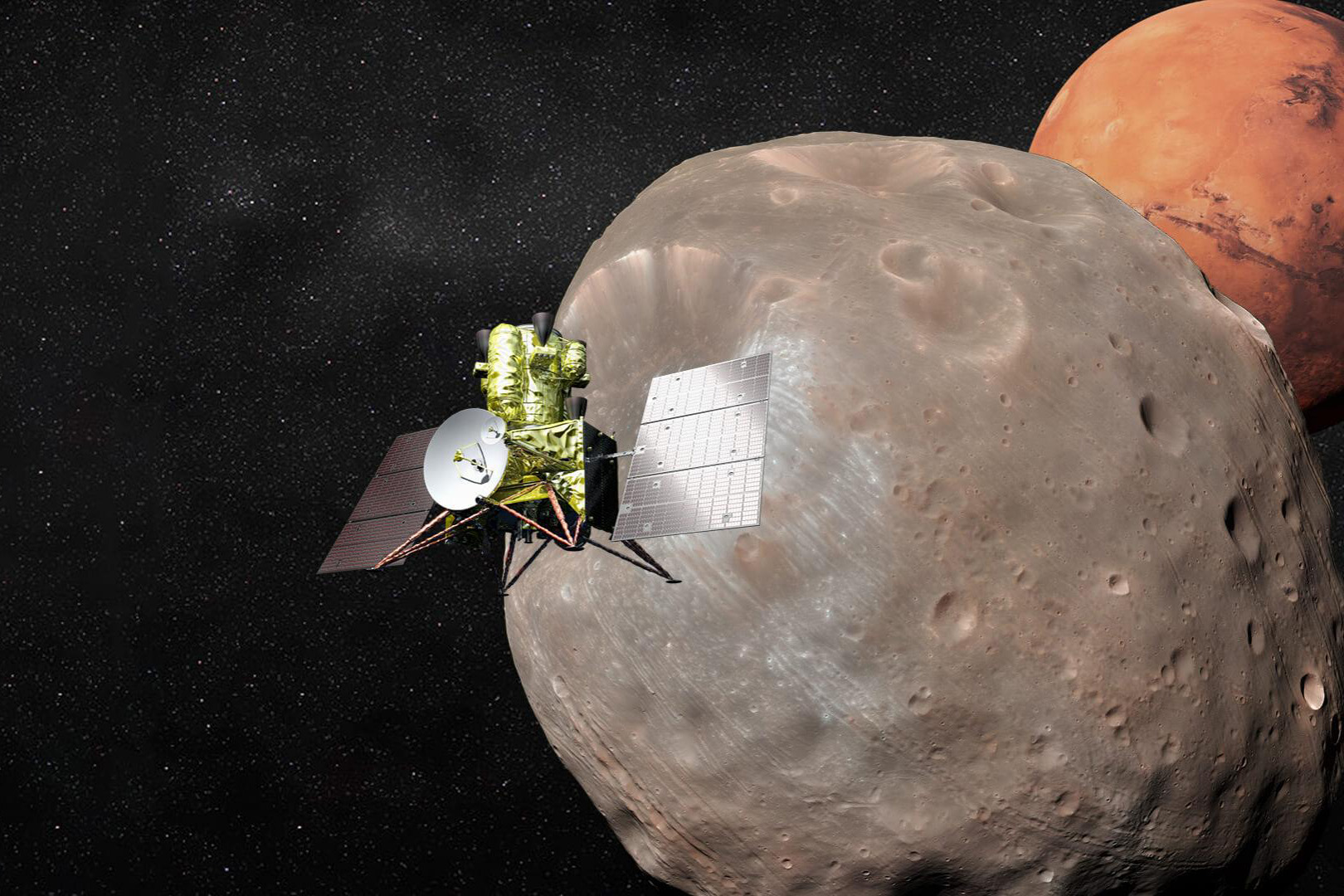
MEGANE Terrestrial Planets
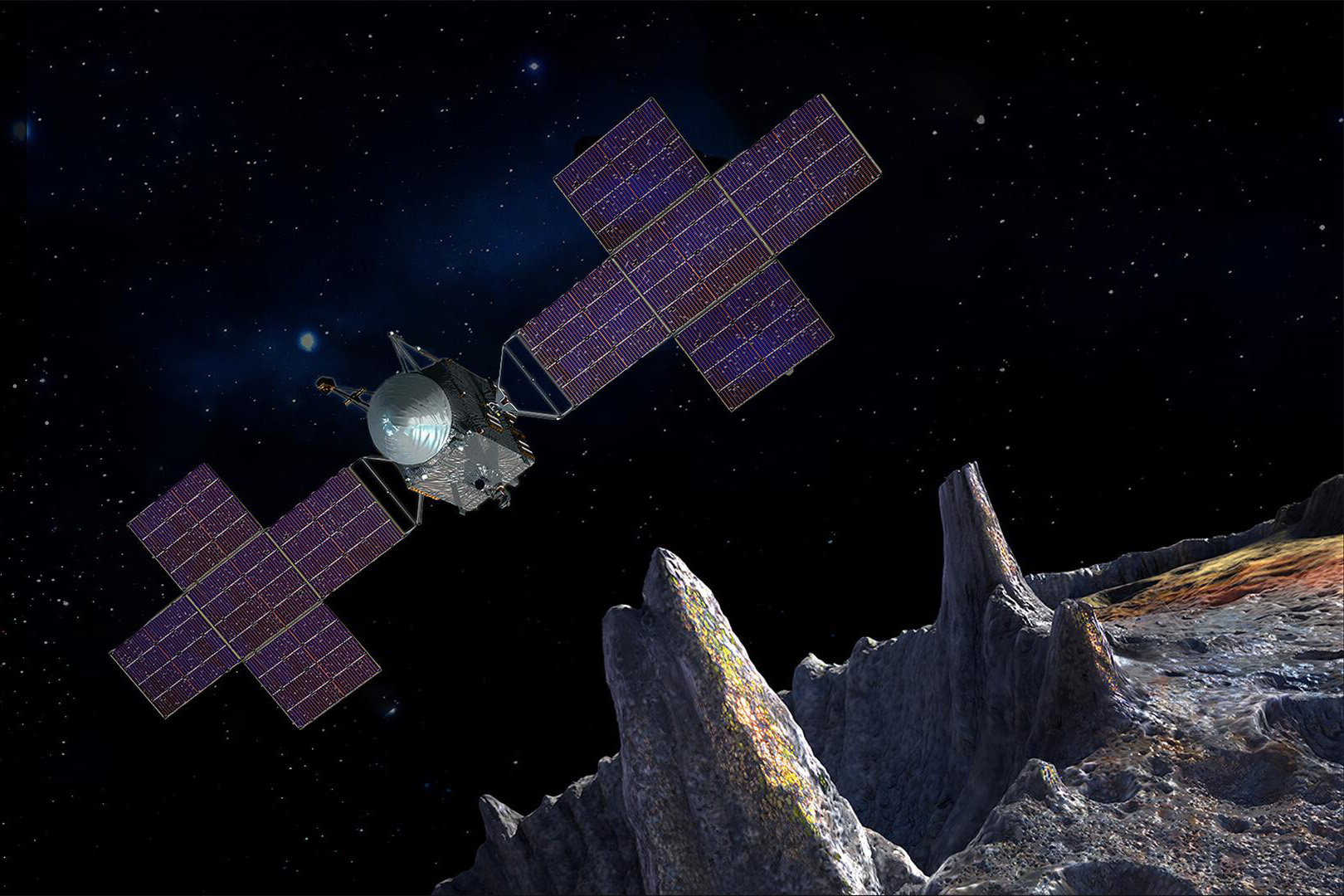
Psyche GRNS Asteroids

DraGNS Outer Moons
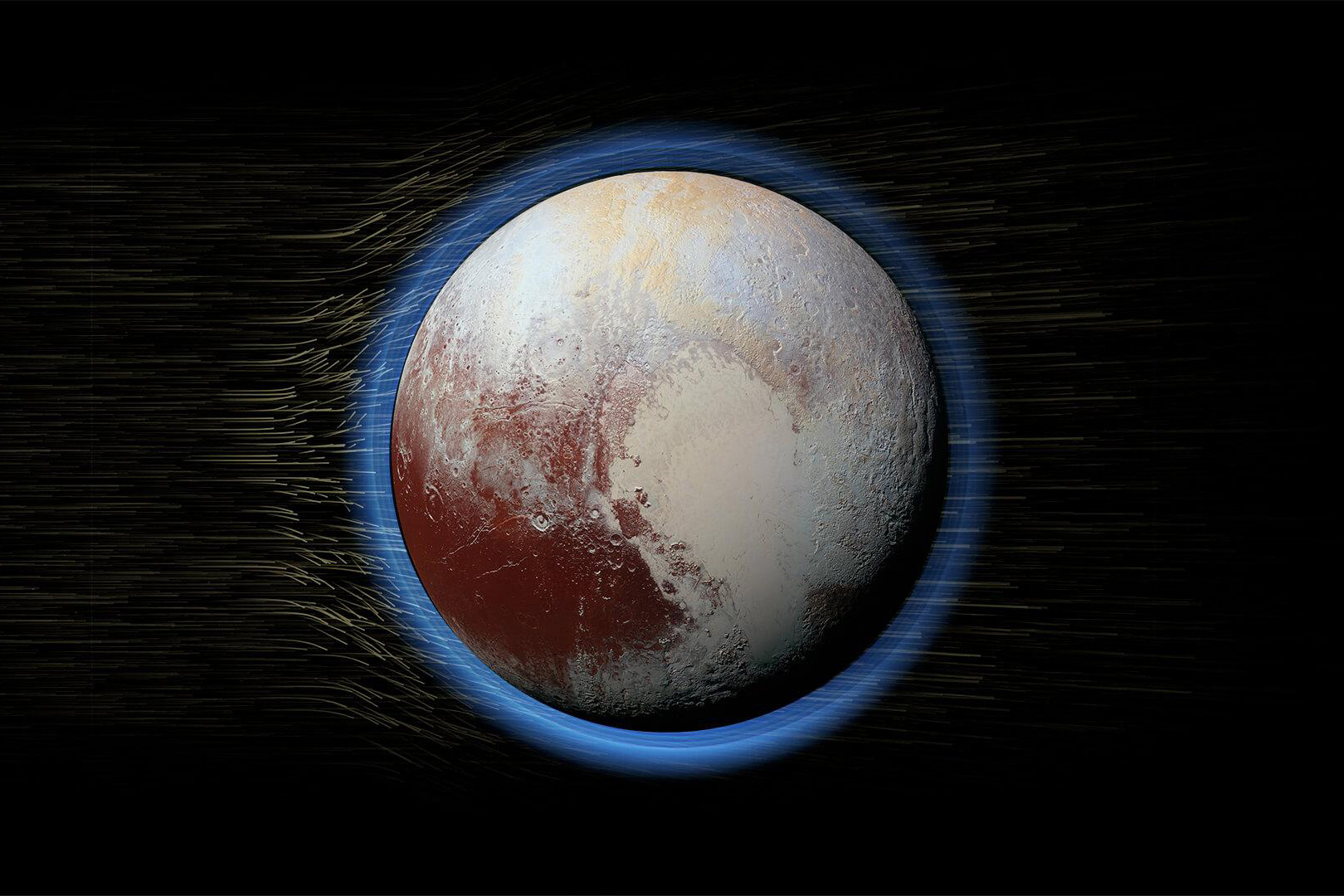
PEPSSI Pluto, Kuiper Belt Objects, and Comets
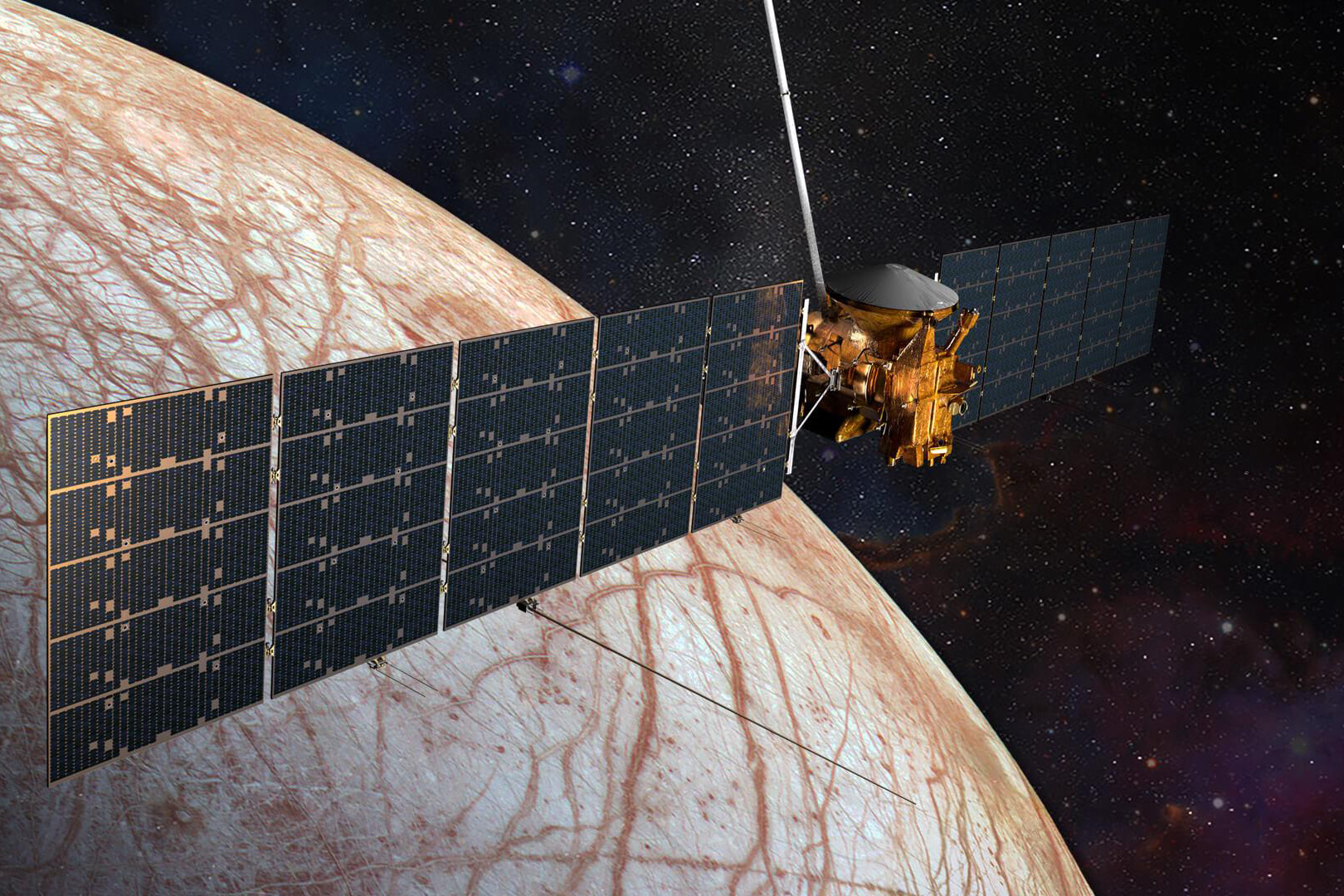
PIMS Giant Planets
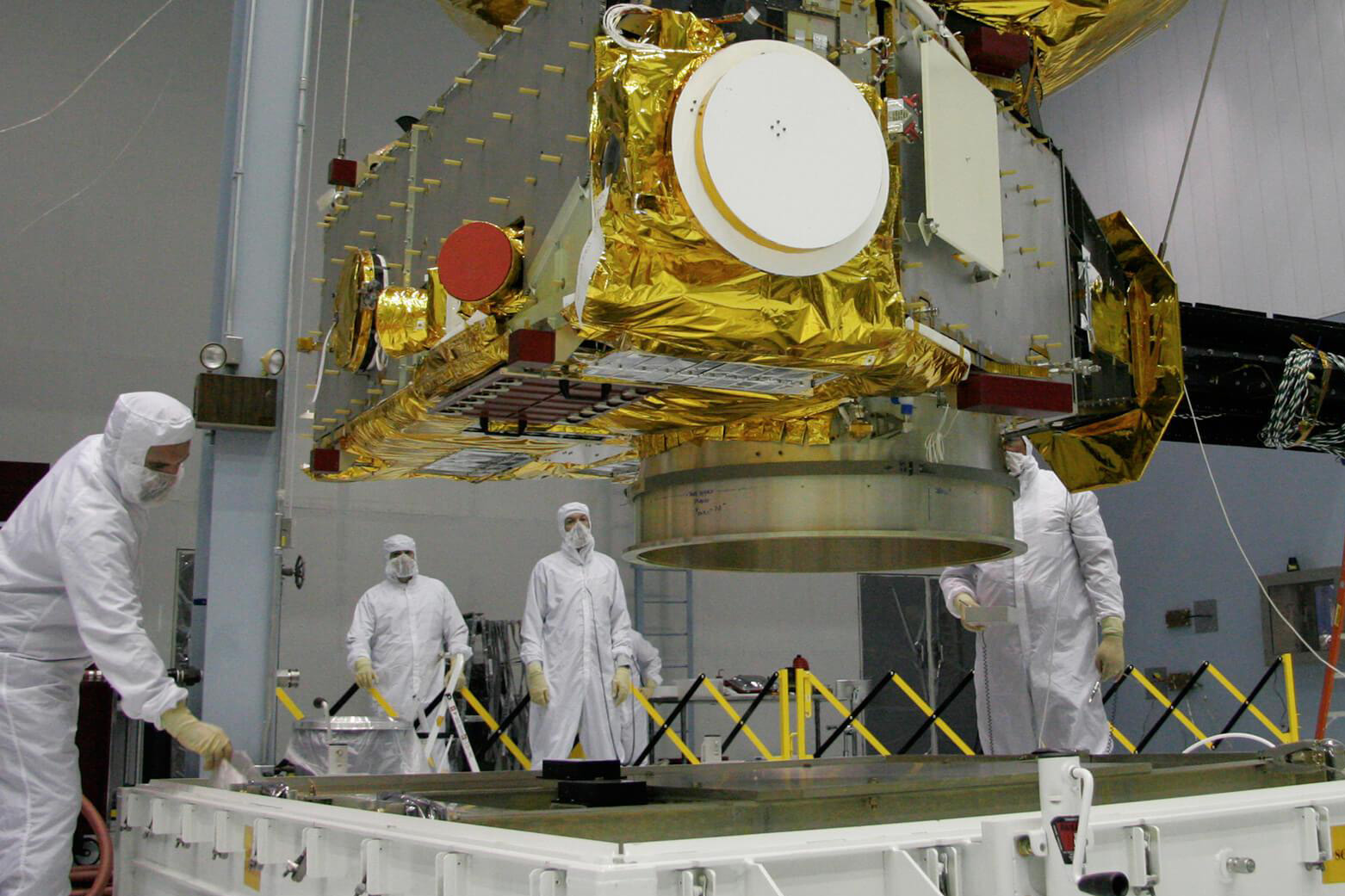
LORRI Pluto, Kuiper Belt Objects, and Comets
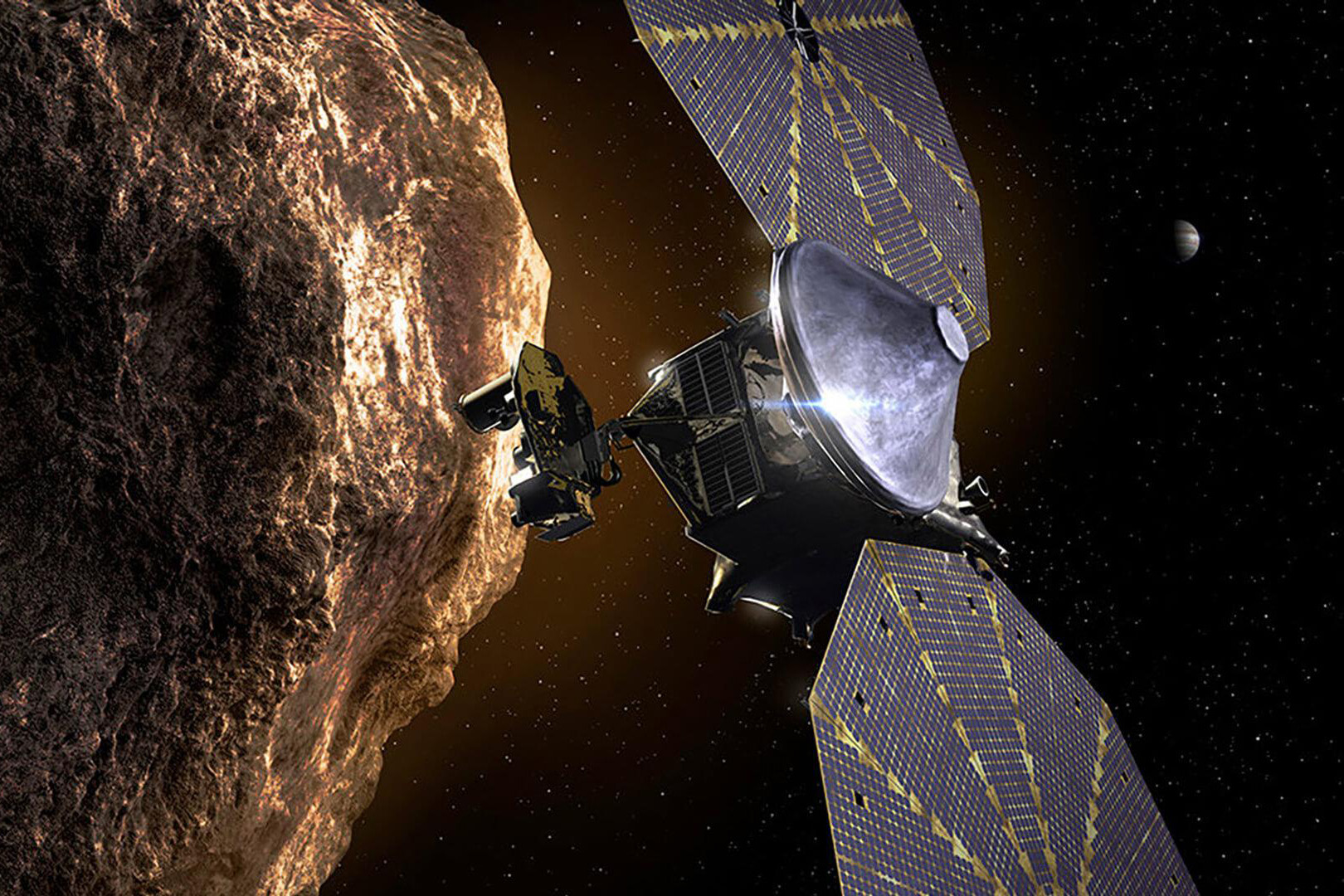
L’LORRI Asteroids
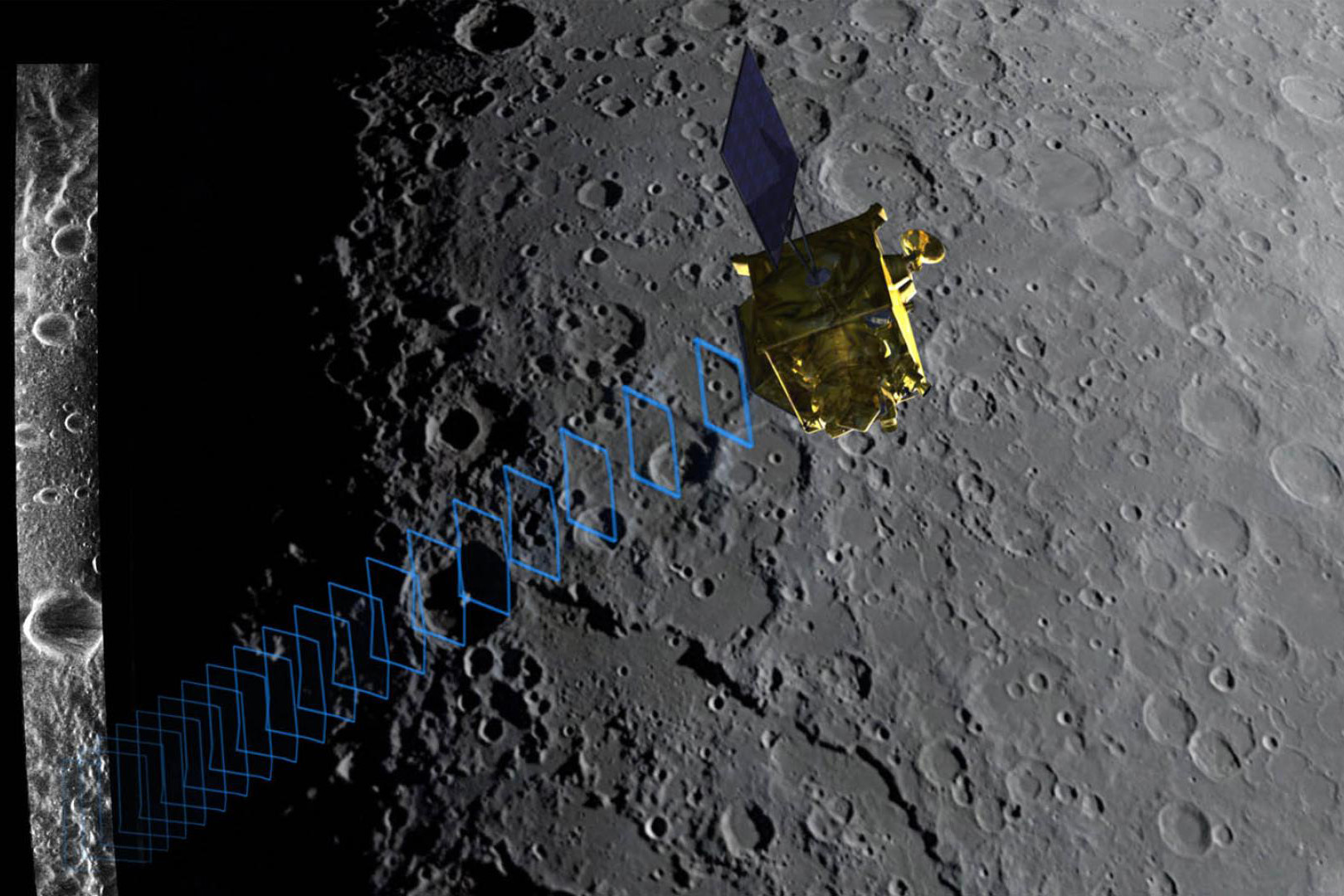
Mini-RF Moon

MISE Outer Moons
Initiatives
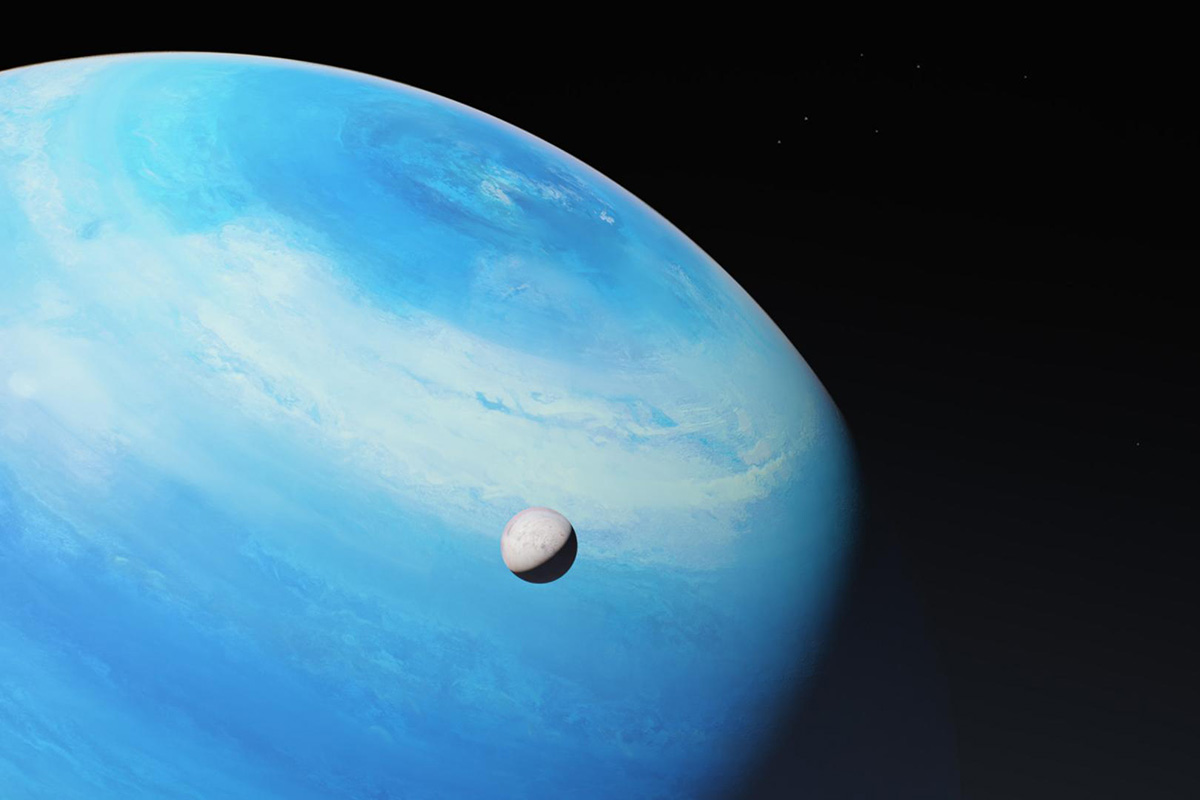
Ice Giant Research and Exploration Giant Planets
Capabilities
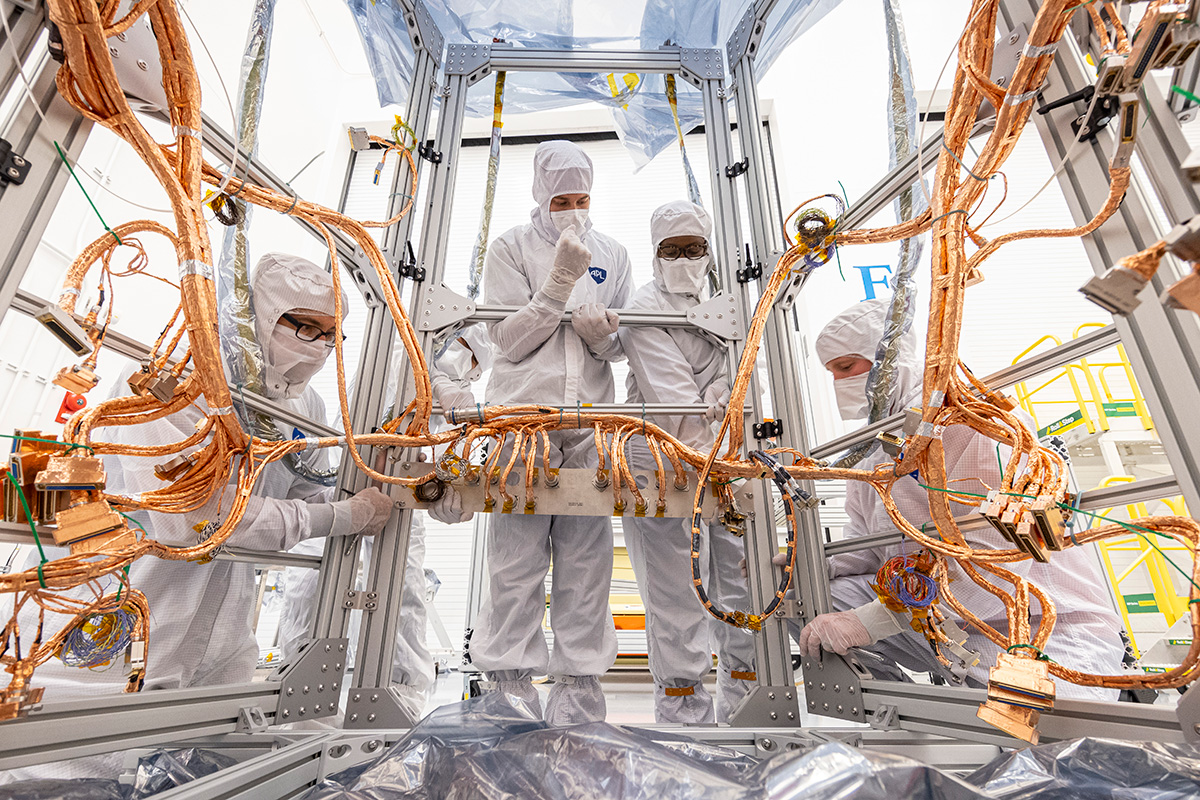
Space Labs and Facilities
APL is recognized as a leader in mission design and navigation; instrument development; mechanical engineering; mechanical design, thermal, and instrument accommodation; communications hardware; electrical subsystems and power; precision timekeeping devices; mission operations, and scientific research.
Related News
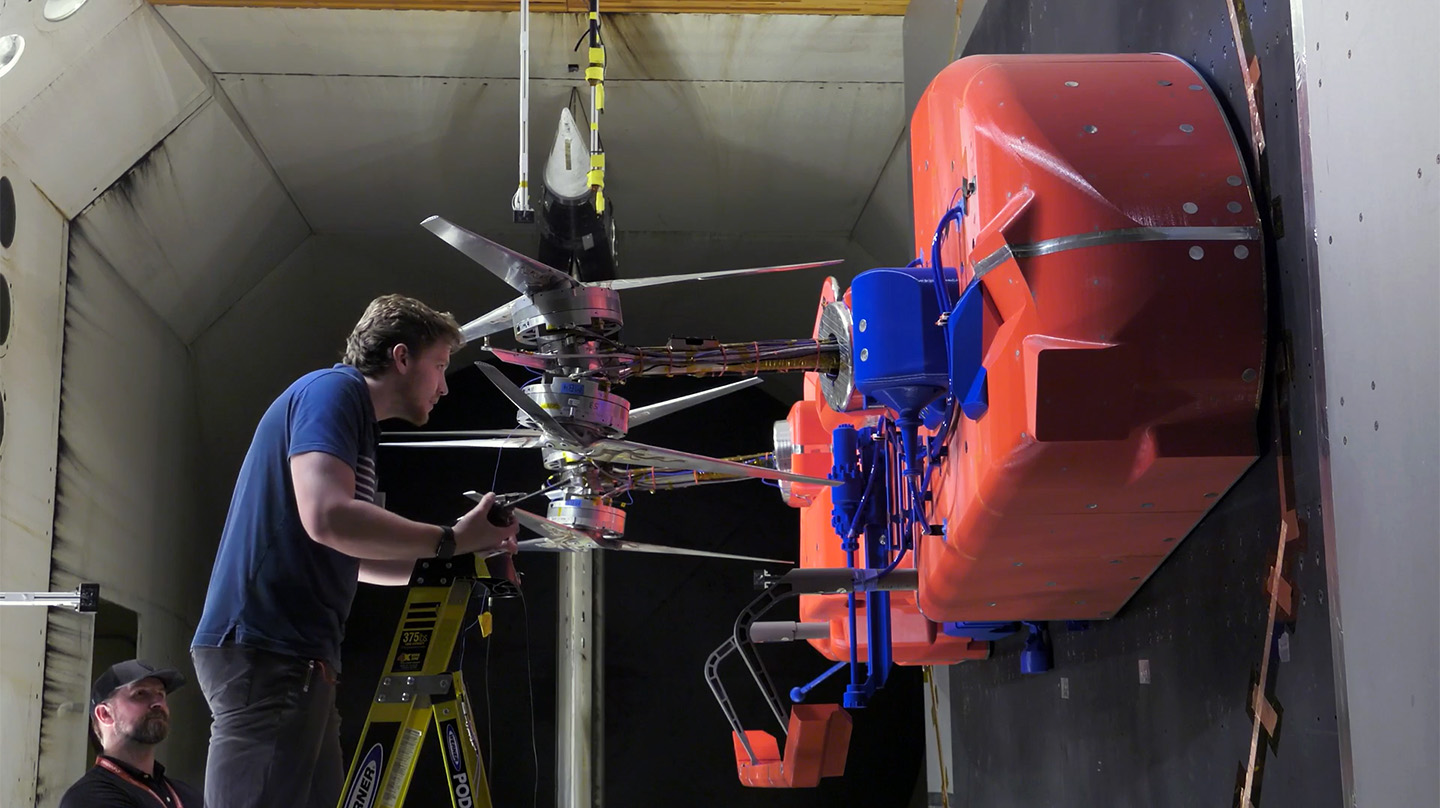
NASA’s Dragonfly Soaring Through Key Development, Test Activities Sep 8, 2025
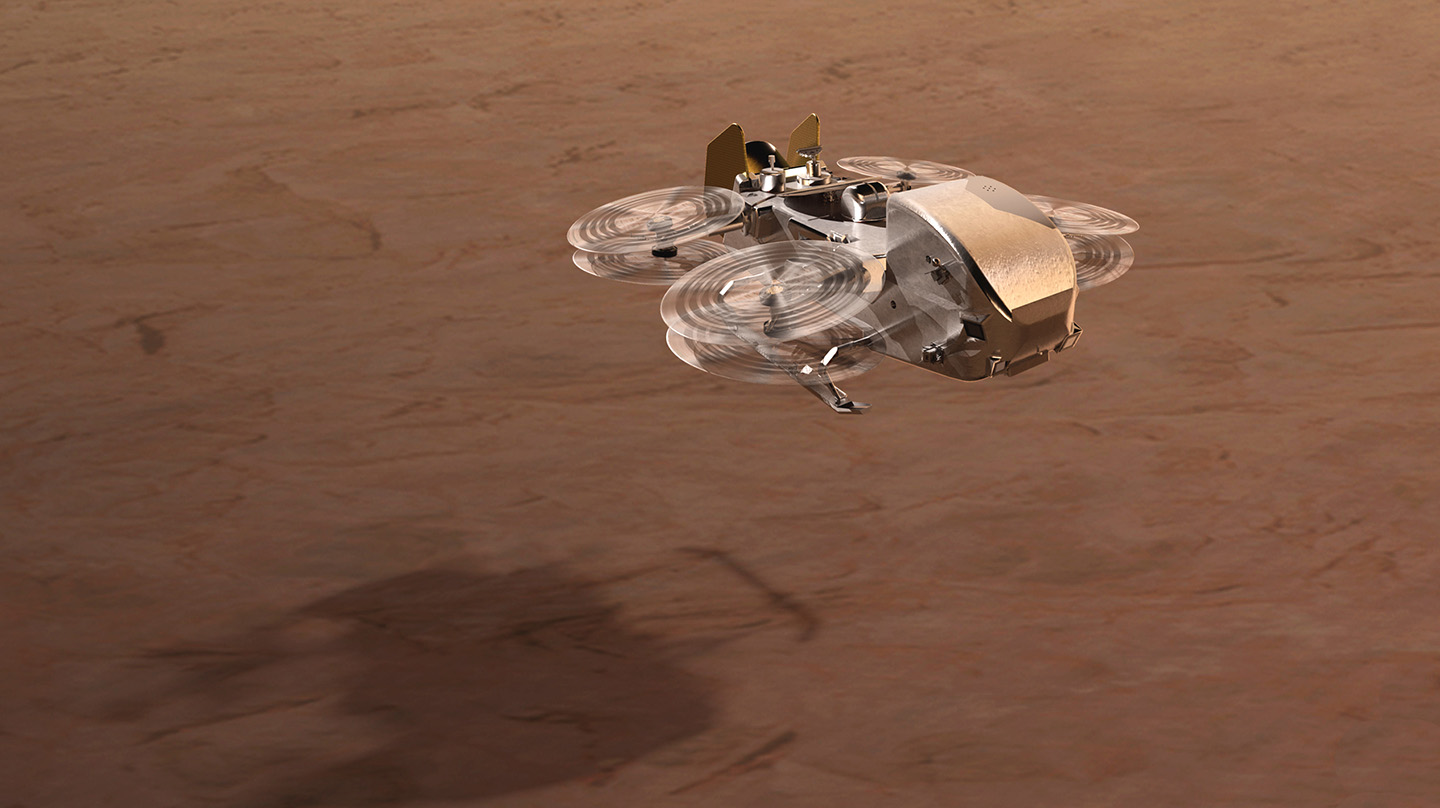
Dragonfly Mission Passes Critical Design Review Apr 25, 2025
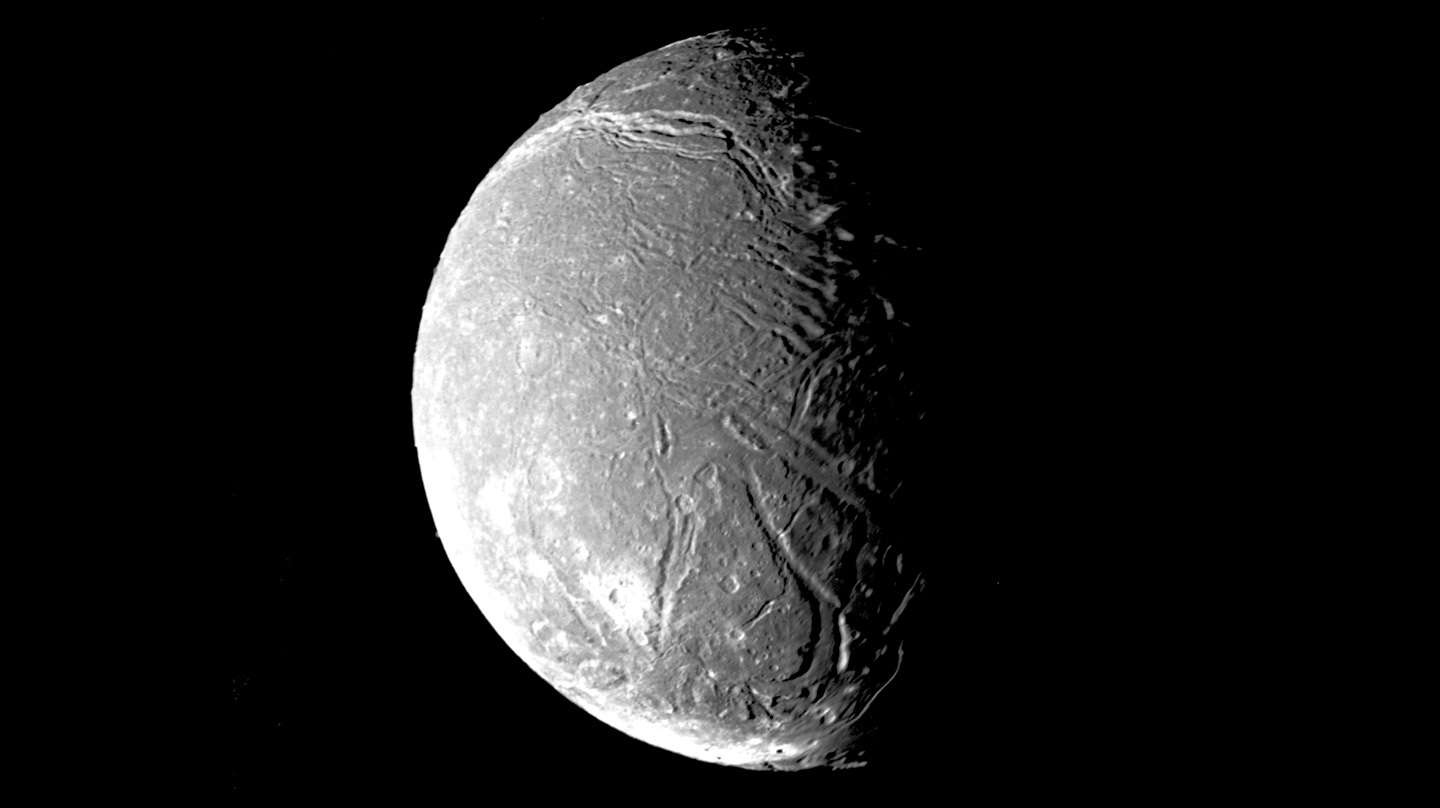
New Study Suggests Trench-Like Features on Uranus’ Moon Ariel May Be Windows to Its Interior Feb 3, 2025
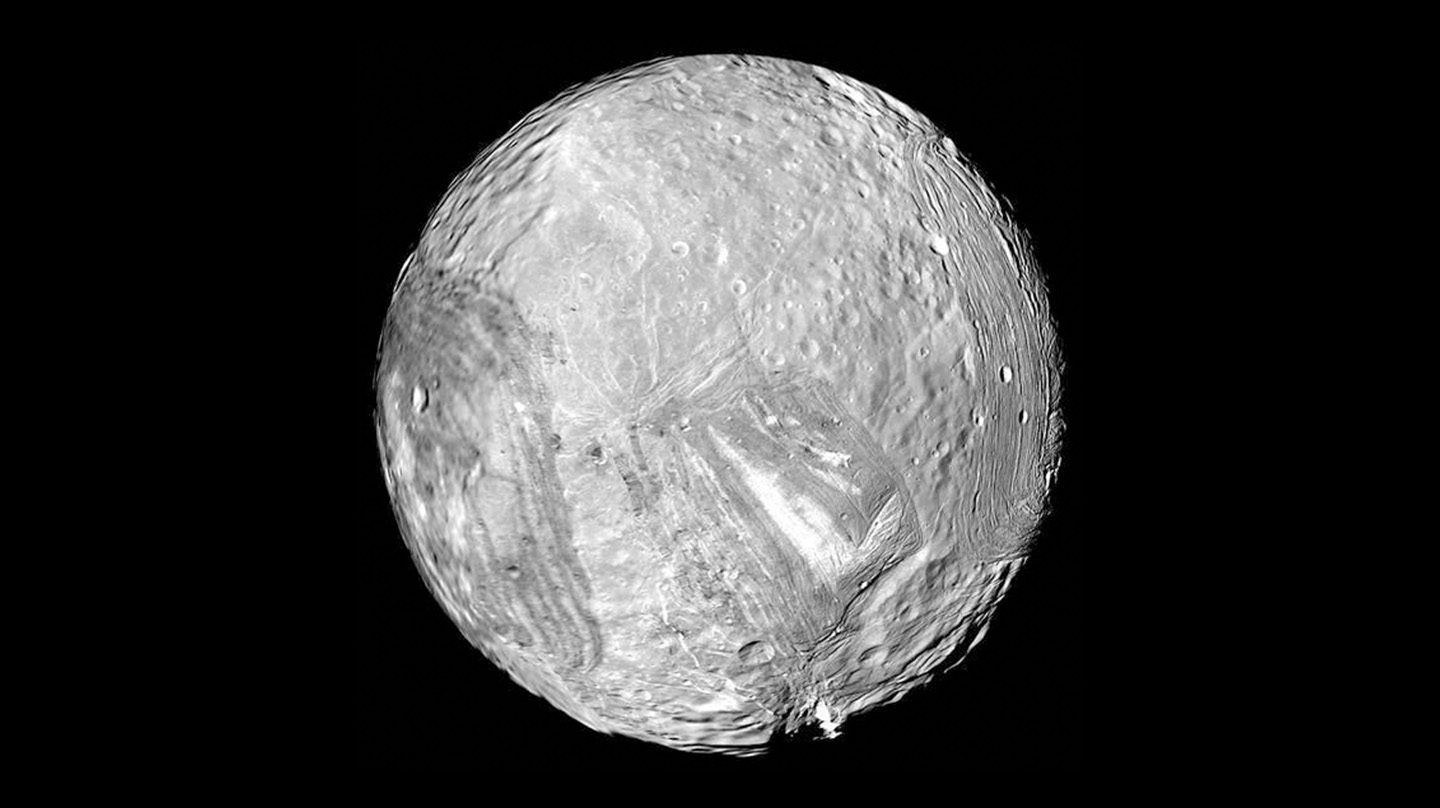
Uranus’ Moon Miranda May Have an Ocean Beneath Its Surface, New Study Finds Oct 28, 2024
